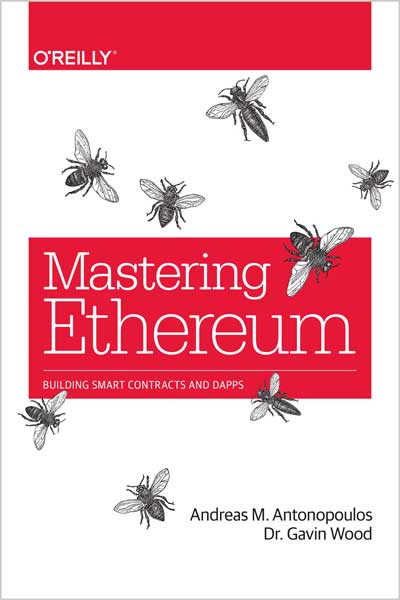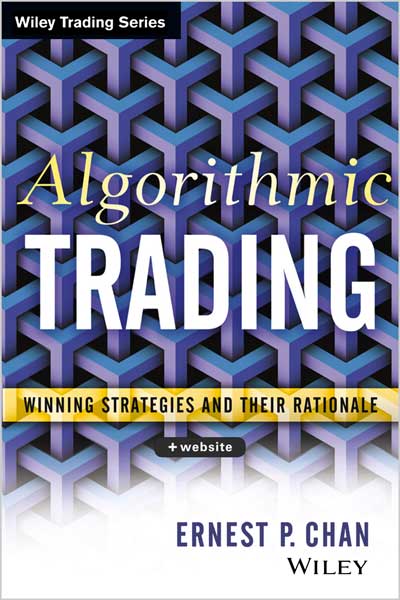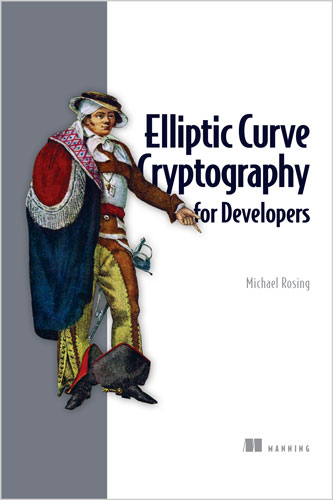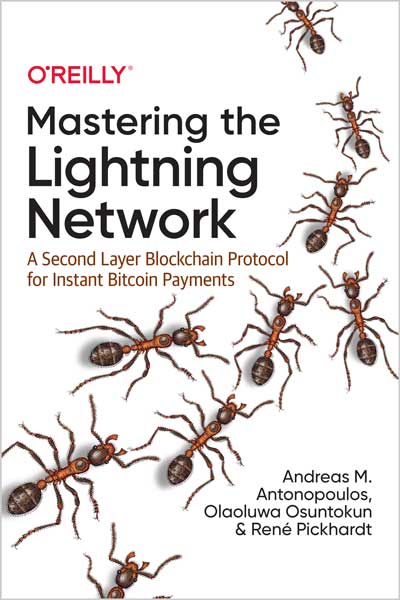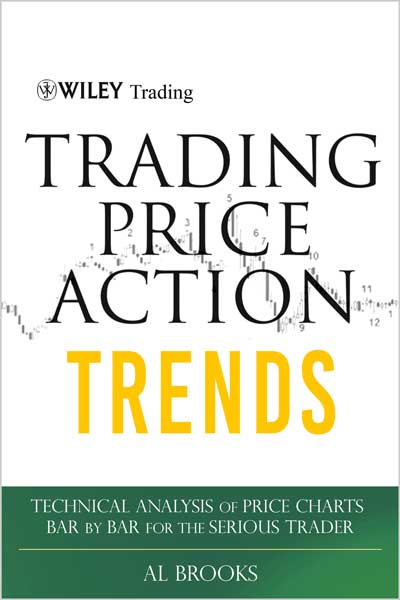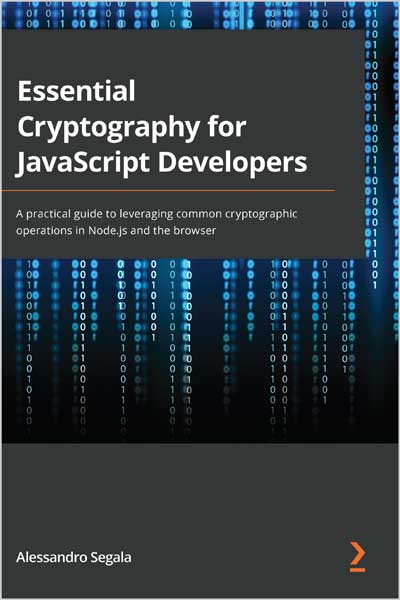Where Real Science Ends...and Pseudoscience Begins
Charles M. Wynn, Arthur W. Wiggins
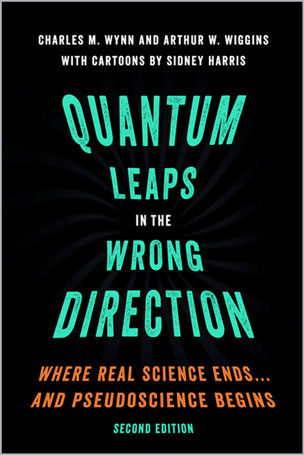
#Bitcoin
#Mastering
#currency
#cryptographic
#Network
داستان علمی واقعی در مورد مسائلی مانند طالعبینی، ارواح، احتراق انسان بهطور خودجوش، جراحی روانی و ESP را بشناسید. شما هر روز این اتفاقات شگفتانگیز را در تلویزیون و تابلوهای اخبار سوپرمارکتها میشنوید. آیا اینها واقعیت دارند یا اینکه تماماً ساختهوپرداختهشدهاند؟ در حالی که بسیاری از مردم فقط برای خنده این مطالب را دنبال میکنند، تعداد زیادی از خوانندگان به این ادعاهای عجیب و غریب باور دارند - اغلب چون تصوری واضح از علم واقعی ندارند. پس چطور باید تشخیص بدهید که چه چیزی علم واقعی است و چه چیزی مزخرف است؟
کتاب Quantum Leaps in the Wrong Direction بهدقت پنج نمونه از شبهعلم - UFOها، تجربیات خارج از بدن، طالعبینی، خلقتگرایی و ESP - را تجزیه و تحلیل میکند و دستورالعملهایی ساده برای آزمایش دیگر باورهای مشکوک ارائه میدهد تا بتوانید تفاوت بین علم واقعی و شبهعلم را تشخیص دهید.
نسخه دوم کتاب Quantum Leaps in the Wrong Direction شامل یک فصل جدید درباره داروهای جایگزین، لینکهای بهروز شده برای وبسایتهای شکاک قابل اعتماد، سازمانها و جلسات، و بخش جدیدی برای مطالعه بیشتر خواهد بود.
فهرست مطالب
- جاده به واقعیت: روش علمی
- استدلال علمی در عمل
- جاده به واقعیت در مقابل جاده به توهم
- UFOها و فرضیه حیات فرازمینی
- تجربیات خارج از بدن و موجودات
- فرضیه طالعبینی
- فرضیه خلقتگرایی
- ادراک حسی طبیعی، ادراک فرابشری و روانجنبش
- داروهای جایگزین
- بازتابهایی در مورد رویکرد علمی به واقعیت
بررسیها
"این کتاب غیر فنی اما بسیار خوب است. متأسفانه بیشتر آمریکاییها به جای این کتاب، در حال خواندن مزخرفات شبهعلمی هستند."
- Leptonic's
"این کتاب یک مقدمه سرگرمکننده و آموزنده است... با کارتونهای شگفتانگیز از سیدنی هریس که متن را تکمیل میکنند."
- لورنس ام. کراوس، نویسنده کتاب Atom: An Odyssey from the Big Bang to Life on Earth...and Beyond
"یک مقدمه عالی در مورد علم و شبهعلم، همراه با مجموعهای از تکنیکهای ساده برای تمایز بین آنها."
- New England Skeptical Society, ژوئیه 2001
"Quantum Leaps یکی از تعداد بسیار کمی از کتابهای منطقی است که به مسائل 'علم جادوئی' مانند UFOها، طالعبینی و دیگر مزخرفات پاسخ میدهد."
- لیون ام. لدرمن، برنده جایزه نوبل فیزیک در 1988
درباره نویسندگان
چارلز ام. وین، دکترای شیمی خود را از دانشگاه میشیگان دریافت کرده است. او استاد ممتاز شیمی در دانشگاه ایالتی شرق کنتیکت است.
آرتور دبلیو. ویگینز، از دانشگاه نوتردام فارغالتحصیل شده و سپس در دانشگاه میشیگان، در رشته فیزیک کارشناسی ارشد گرفته است. او در حال حاضر استاد فیزیک در کالج جامعه اوکلند در فارمینگتون هیلز، میشیگان است.
سیدنی هریس بهعنوان "برترین کارتونیست علمی آمریکا" شناخته میشود (ایزاک آسیووموف). او در کالج بروکلین و مدرسه هنرهای دانشجویان نیویورک تحصیل کرده است. وی بیش از 600 کارتون در مجله "American Scientist" منتشر کرده و کارتونهای او در "The New Yorker" نیز به چاپ رسیده است.
Get the straight, scientific story on things like astrology, ghosts, spontaneous human combustion, psychic surgery, and ESP. You hear about these fantastic happenings every day on television and in the supermarket tabloids. Is any of this true or are they making it all up? While many people tune in just for laughs, plenty of readers believe their outrageous claims - often because they simply don't have a clear notion of what science really is. So how do you figure out what constitutes real science and what is nonsense? Quantum Leaps in the Wrong Direction carefully deconstructs five examples of pseudoscience - UFOs, out-of-body experiences, astrology, creationism, and ESP - and gives easy recipes to test other dubious notions so that you can tell what lies in the realm of real science and what more properly deserves the tag of pseudoscience.
This second edition of Quantum Leaps in the Wrong Direction will include a brand new chapter on alternative medicine, up-to-date links for reliable skeptical websites, organizations and meetings, and a fully updated additional reading section.
Table of Contents
1. The Road to Reality: Scientific Method
2. Scientific Reasoning in Action
3. The Road to Reality versus the Road to Illusion
4. UFOs and the Extraterrestrial Life Hypothesis
5. Out-of-Body Experiences and Entities
6. The Astrology Hypothesis
7. The Creationism Hypothesis
8. Normal Sensory Perception, Extrasensory Perception, and Psychokinesis
9. Alternatives to Medicine
10. Reflections on the Scientific Approach to Reality
Review
"This is non-technical but very good. Unfortunately most Americans will be off reading pseudoscience trash rather than this." -- Leptonic's
This book is an enjoyable and informative primer...with wonderful cartoons by Sidney Harris that complement the text. -- Lawrence M. Krauss, author of Atom: An Odyssey from the Big Bang to Life on Earth...and Beyond
"an excellent primer on Science and Pseudoscience, complete with a set of straightforward techniques for telling the difference between them." -- New England Skeptical Society, July 2001
Quantum Leaps is one of a far too small cluster of rational books that responds to 'voodoo science' issues such as UFO's, astrology, and other such nonsense. -- Leon M. Lederman, winner of the 1988 Nobel Prize in Physics
...the public has much to gain from the authors' contrast between the nature of scientific evidence and the stories of pseudoscience that fill the media. -- Dr. Arthur Eisenkraft, National Science Teachers Association President 2000-2001
"...succinct and jargon-free style... The strength of this book resides in such sparkling prose." -- Journal of the American Medical Association, April 3, 2002
"Peppered with humorous cartoons of Sidney Harris...offers valuable tips for anyone pondering the shaky claims of bogus science." -- Stacey's Booksellers, Staff Review, November 2001
Here we have, in their book, a clearer look at the misconceptions and outright deceptions that plague us. Lots of sunlight, and a dash of disinfectant! -- James Randi, aka The Amazing Randi
"...worthy and well-meaning...readable and likeable..." -- THE SKEPTIC MAGAZINE, 2001
"Quantum Leaps in the Wrong Direction is a very approachable book on pseudoscientific subjects." -- Alberta Skeptics
About the Author
Charles M. Wynn, Sr., received his PhD in Chemistry from University of Michigan. He is a Distinguished Professor of Chemistry at Eastern Connecticut State University.
Arthur W. Wiggins graduated from the University of Notre Dame and then attended the University of Michigan, where he received an M.S. in physics. He is currently a Professor of Physics at Oakland Community College in Farmington Hills, MI.
Sidney Harris is "America's premier science cartoonist" (Issac Asimov). He attended Brooklyn College and the Art Students League of New York. He has published more than 600 cartoons in "American Scientist" and his cartoons have appeared in "The New Yorker."



